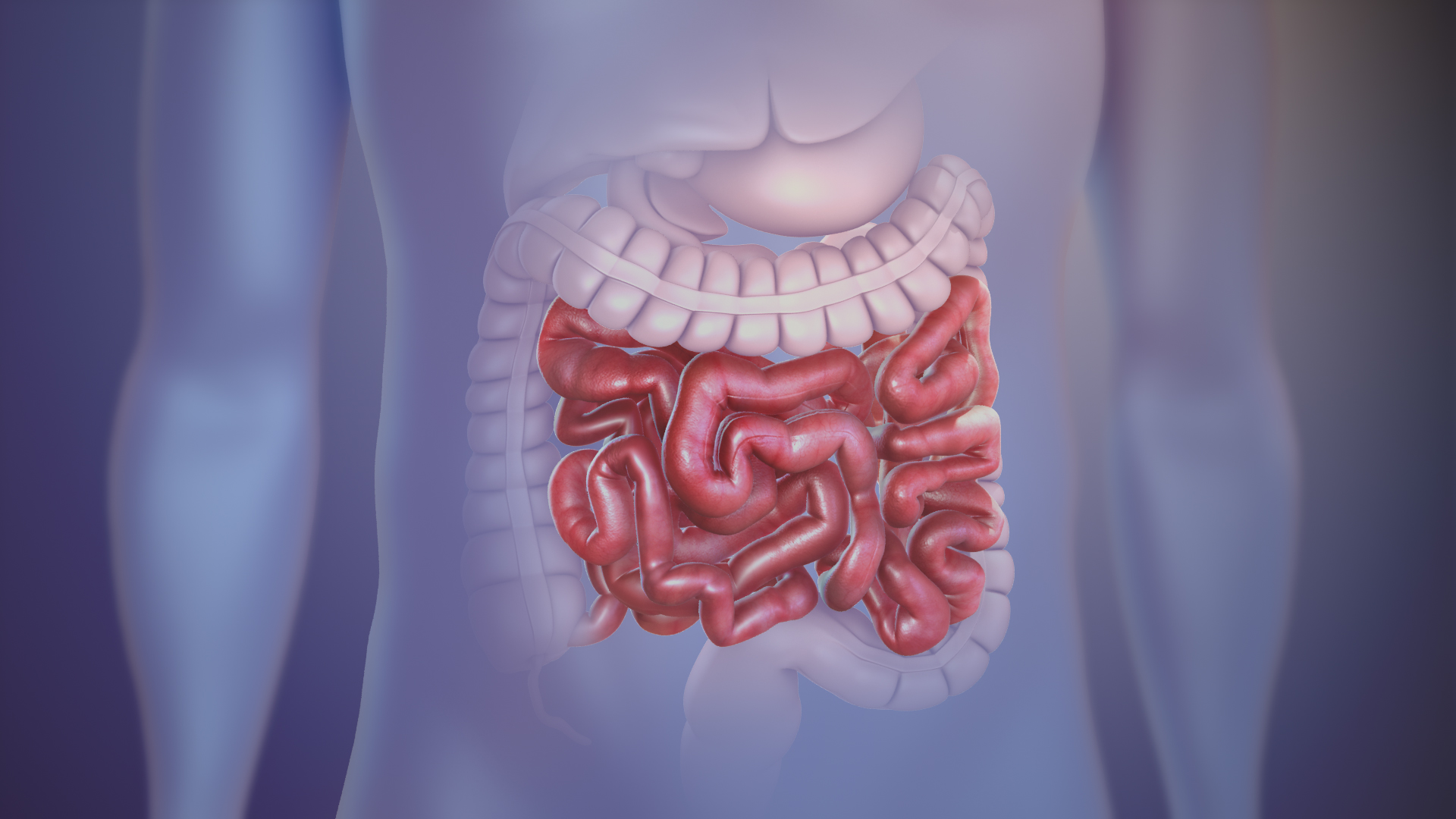The state of our body depends on the health of the intestines. Most often, bowel diseases are associated with intestinal infections, irritable bowel syndrome, dysbiosis … although in fact there are many more. Today we’re going to talk about how bread and a variety of foods eaten daily can affect gut health.
It’s about celiac disease.
This is a congenital disease associated with intolerance to gluten – the main protein of cereals: wheat, rye and barley, the development of atrophy of the mucous membrane of the small intestine and malabsorption. The small intestine is the main organ in which all nutrients from food are absorbed, and the intestinal villi are responsible for this process. Thanks to the villi, the mucous membrane under an electron microscope resembles a fluffy carpet. The products of gluten processing in the body cause an inadequate response of the immune system, which begins to aggressively affect the villi of the small intestine, as a result, they become thinner and intestinal atrophy occurs. “Carpet” turns into “linoleum”, and full absorption is impossible. The body is deprived of the supply of nutrients and suffers both as a whole and individual organs and systems (nervous, skeletal, blood system)
What are the manifestations of celiac disease?
The disease begins in childhood and adolescence, but it can be first detected in adulthood, more often in the form of complications.
The main manifestations in young children:
In a third of cases, there is a classic course: loose stools, abdominal pain, flatulence and abdominal enlargement, appetite disorders, vomiting. These symptoms are alarming and allow you to see a doctor in a timely manner. Persistent constipation also occurs, but less often. Approximately half of the patients have only nonspecific manifestations: weight loss, muscle hypotension, delayed physical and mental development, apathy, negativism.
Manifestations in older age
Dyspeptic symptoms (diarrhea or constipation), short stature, delayed sexual development, neurological symptoms: poor academic performance, headaches, problems remembering information, distraction or hyperactivity.
Other manifestations.
Anemia due to iron deficiency, dermatitis with itchy blisters (dermatitis herpetiformis), joint pain, numbness and tingling sensations in the extremities are all due to inadequate intake of nutrients and may be the only manifestations of celiac disease.
Long-term effects in adults.
If the diagnosis is not carried out in a timely manner, serious complications develop: infertility, osteoporosis, severe neurological manifestations, oncological diseases (T-cell lymphoma of the small intestine or cancer). It is possible that it is with these conditions that patients are treated for the first time.
How common is celiac disease?
According to statistics, approximately 1% of the European population was convinced of this before. In fact, there are many more undiagnosed cases, and now you understand why. First, it is not known how many people do not see a doctor, given the variety of symptoms. Secondly, statistics are based on histologically confirmed diagnoses.
Histological examination is the gold standard for diagnosing celiac disease, but it requires a piece of tissue from the small intestine obtained with a biopsy, which is not always possible (the small intestine is difficult to access for invasive intervention)
How to get tested for celiac disease?
If celiac disease is suspected, serological and genetic tests are prescribed. They are intended primarily for determining the indications for a biopsy.
Serological tests – determine the antibodies synthesized by the immune system in celiac disease.
Antibodies to gliadin – important for children in the first years of life

Antibodies to deamidated gliadin peptides – used for screening at any age.
Antibodies to tissue transglutaminase and to endomysium are confirmatory serological tests.
Genetic tests – HLA typing DQ2 / DQ8. Important for excluding the diagnosis – the absence of genes indicates a low likelihood of celiac disease. Also performed at relatives of celiac patients. But the presence of genes is possible in 30% of the healthy population, so a genetic test alone is not enough to make a diagnosis.
An increase in antibodies to tissue transglutaminase and endomysia by a factor of 10 or more and a positive genetic test in some cases make it possible to diagnose celiac disease without biopsy. The final decision will be made by a gastroenterologist.
How to Prepare for Research?
Venous blood is examined.
For the initial diagnosis, it is important to take serological tests against the background of gluten consumption.
Genetic testing does not depend on whether the patient is on a gluten-free diet or not
Morphological diagnosis (histology) has been and remains the gold standard.
With timely diagnosis, celiac disease https://en.wikipedia.org/wiki/Coeliac_disease responds well to treatment – a gluten-free diet is prescribed. The knowledge gained and timely diagnostics will help to be examined on time and take care of intestinal health. Be healthy!



